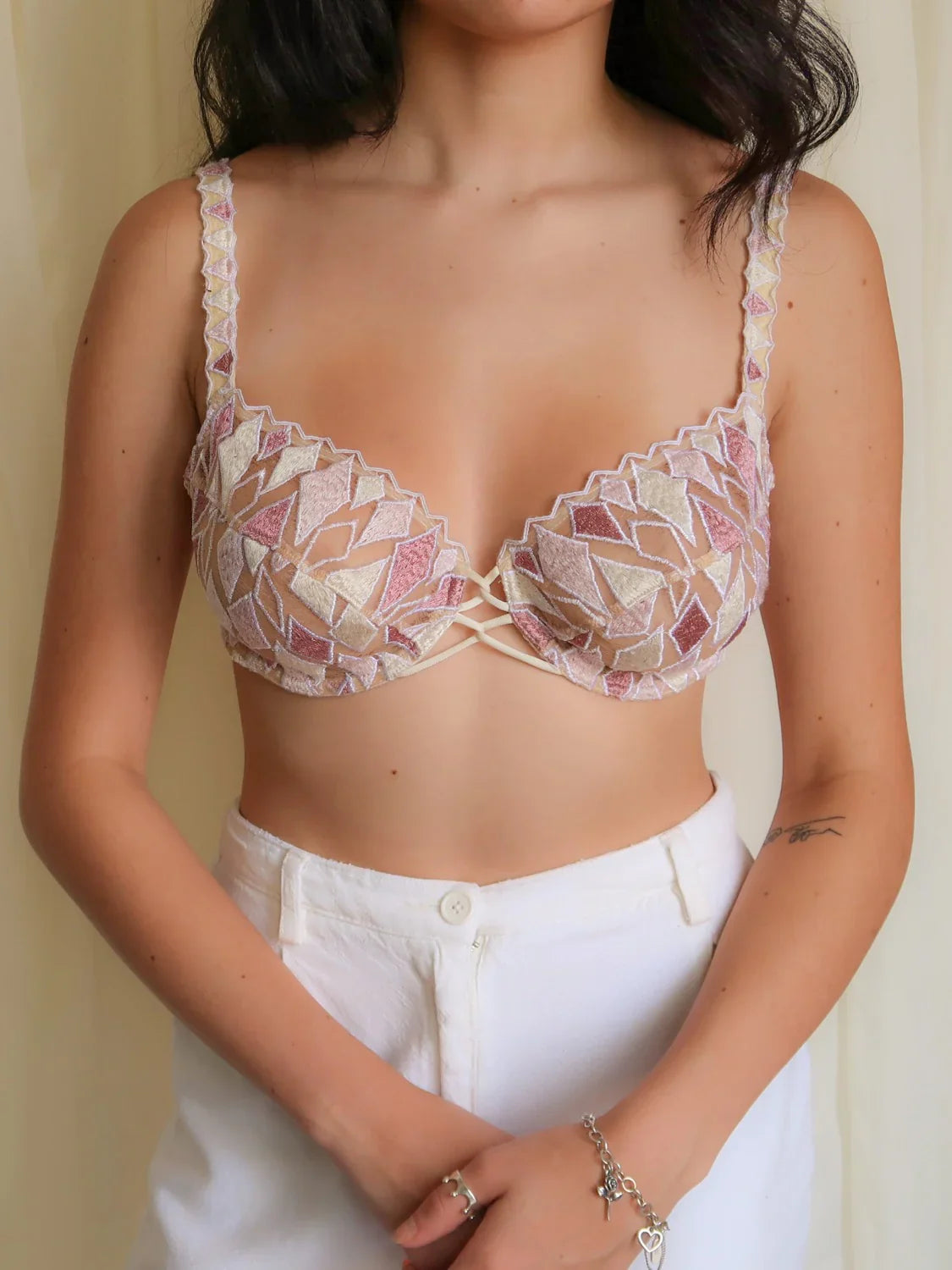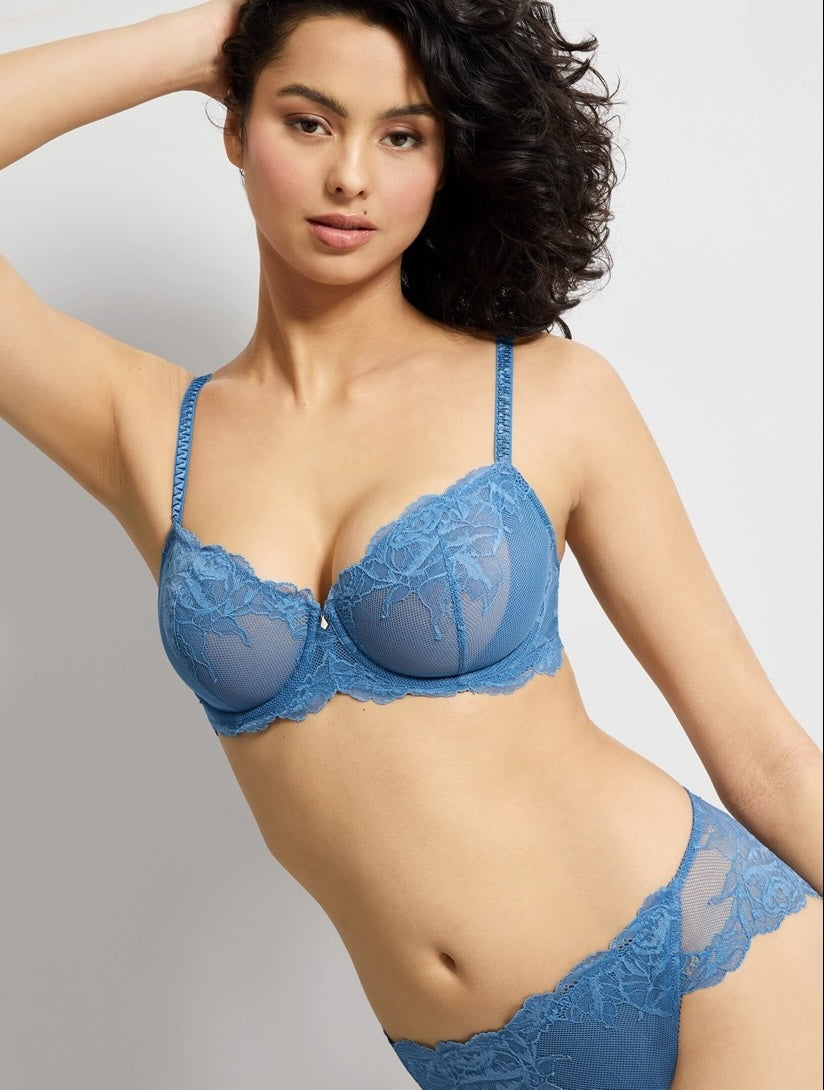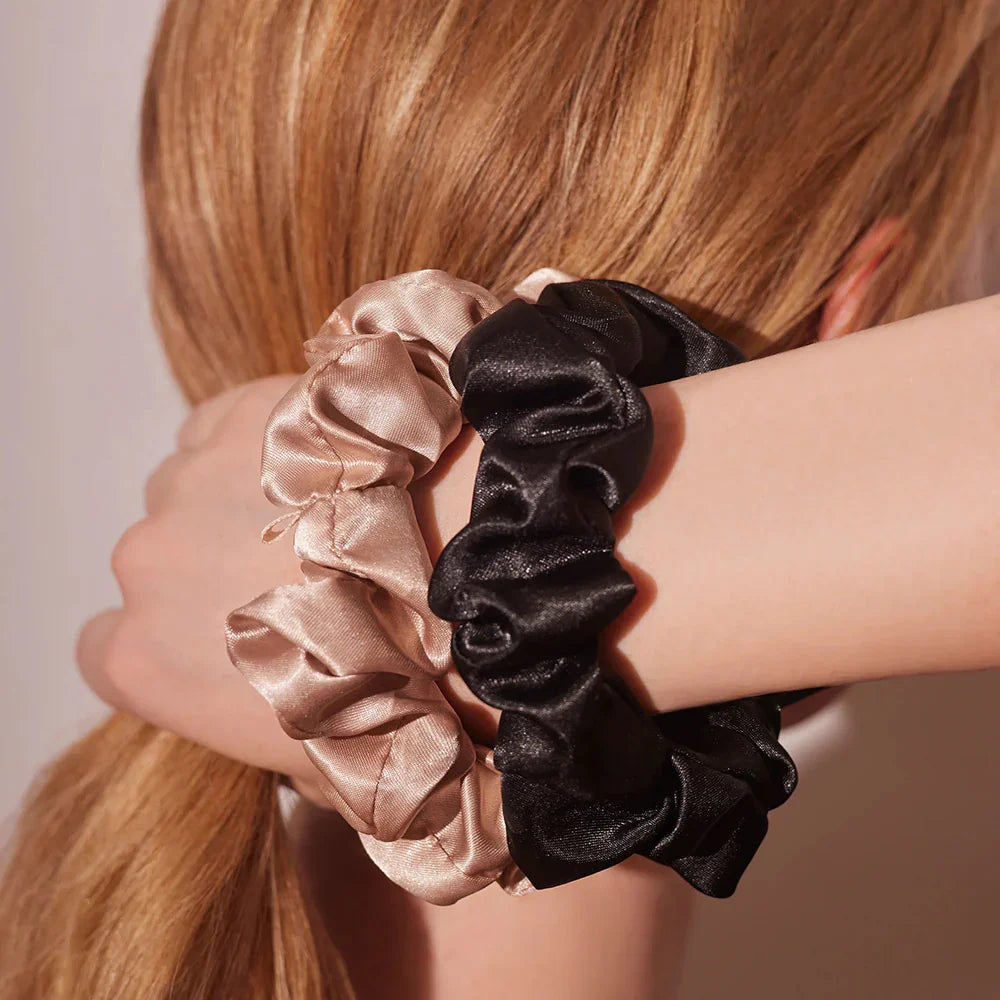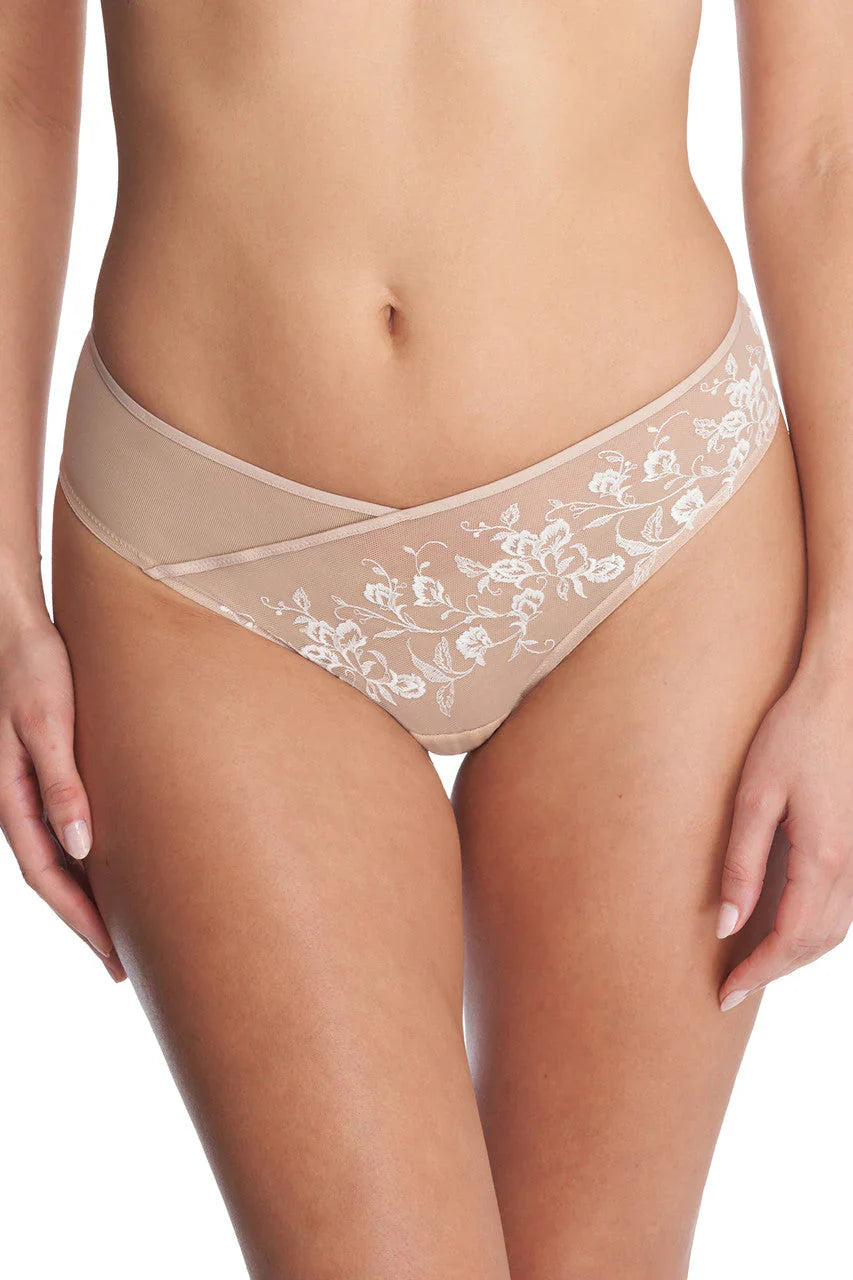Is E Cup Bigger Than DD? Understanding Bra Cup Sizes

One of the most common questions in lingerie fitting is: “Is an E cup bigger than DD?”The short answer is yes, an E cup is larger than a DD cup but the difference is smaller than you might think. Bra sizing can be confusing because cup letters don’t increase in uniform steps across all brands or countries. For example, a D cup holds more volume than a C cup, and a DD cup is larger than a D cup. The DD cup is one size bigger than D, and the DD cup size is actually quite common and not necessarily the largest option available. Let’s break down what the E cup and DD cup really mean, and how to find your most comfortable fit.
Introduction to Bra Sizes
Navigating bra sizes can feel overwhelming, especially with so many different cup sizes and band sizes available across various brands and countries. At its core, a bra size is made up of two parts: the band size, which measures the circumference around your rib cage, and the cup size, which indicates the volume of your breasts. Cup sizes start at AA and can go all the way up to N, with each step up representing an increase in breast volume. For example, a D cup holds more volume than a C cup, and a DD cup is larger than a D cup. Understanding your correct bra size is the first step toward finding a well fitting bra that offers both comfort and support, no matter if you’re a D cup, DD cup, or any other cup size.
Understanding Cup Progression: From D to DD to E
In most standard U.S. and U.K. sizing systems, cup letters increase with each additional inch of bust difference compared to the band measurement. For example, the cup progression typically follows: B, C, D, DD, E, F cup. For instance:
-
D cup – about a 4-inch difference
-
DD cup (or E in some systems) – about a 5-inch difference
-
E cup (or DDD in U.S. sizes) – about a 6-inch difference
Double letters like DD are used to indicate a size step up from single letters, and in some sizing systems, DD and E represent the same cup volume. This means an E cup generally holds slightly more breast volume than a DD cup. However, depending on where your bra is made, DD and E may actually refer to the same size.
It's important to note that both band and cup size are crucial for a proper fit, and band and cup sizes can vary between brands. Additionally, sister sizes can have the same cup volume but different band and cup sizes, offering alternative fits if your current size doesn't feel comfortable.
Band Measurement and Bra Fitting
Getting the band size right is essential for a comfortable and supportive bra fit. To measure your bra band, wrap a soft tape measure snugly around your rib cage, just beneath your bust. Make sure the tape measure is level and parallel to the floor for the most accurate reading. Most bra brands use even numbers for band sizes, so if your measurement falls between sizes, round up to the nearest even number. For example, a 31-inch measurement would typically mean a 32 band size. A well fitting bra band should fit snugly around your rib cage, allowing you to slip two fingers underneath for comfort. If the band is too tight, it can dig in and restrict your breathing, while a loose band won’t provide the support you need for a secure fit.
U.S. vs. U.K. Sizing: Why It Gets Confusing
Different countries use different systems for labeling cup sizes.
-
U.S. Sizing: Goes AA → A → B → C → D → DD → DDD → G cup → H cup
-
U.K. Sizing: Goes AA → A → B → C → D → DD → E → F → FF → G → GG → H
UK sizes and UK sizing are based on the British system, which uses double letters like DD, FF (double F), and GG (double G) to indicate sizes between single-letter cups. The cup progression in UK and European sizing often follows the sequence F, FF, G, GG, with FF and GG pronounced as "double F" and "double G." E, F, and G cup sizes are standard in many European countries, and European sizing and European bra sizes differ from UK and US systems, with European brands sometimes using different labeling conventions.
Cup sizes start at AA, A, B, C, and progress upward, and manufacturers produce bras in a wide range of sizes to accommodate different needs and ensure a proper fit for all body types. G cup and H cup sizes can vary significantly between countries and different brands, so it's important to check the brand's size chart.
When you’re shopping online or comparing brands, it’s important to check which sizing system is being used so you get the correct fit.
The Importance of Breast Volume
Breast volume is a key factor in determining your ideal cup size. Each cup size is designed to accommodate a specific amount of breast tissue, and as you move up in cup sizes, the bra cups are made to hold more volume. To find your cup size, measure around the fullest part of your bust and subtract your band size from this number. The difference between these two measurements determines your cup size, for example, a four-inch difference typically means a D cup. Understanding your breast volume helps ensure that your bra sizing is accurate and that your bra cups fully contain your breast tissue without causing spillage or gapping. This is especially important for those with larger cup sizes, as a well fitting bra will provide the support and comfort needed for everyday wear.
Does an E Cup Look Much Bigger Than a DD?
Not necessarily. The difference between a DD and E cup is usually about one inch in bust measurement, which isn’t drastic. However, how large a cup looks depends on:
-
Band size: A 32E will look smaller than a 38DD because cup volume increases with band size. Band length and underbust measurement play a key role in how the cup size appears.
-
Body shape: Bust fullness, width, and placement affect how the size appears.
-
Bra style: Full coverage, balconette, and plunge bras all shape the bust differently.
Bust size, chest measurement, and chest circumference all influence the overall look of a bra size. Breast shape can also affect how a bra fits and how the cup size appears on different bodies. A bra fits correctly when it accommodates your unique bust size and breast shape, and proper underbust circumference measurement is essential for a good fit.
Finding Your Best Fit Between DD and E
If you’re unsure whether you’re a DD or E, try both! The right size depends on comfort, not just numbers. Many people think DD is a giant sizing, but in reality, there are many sizes beyond DD, and the focus should be on finding the perfect bra for your shape. Whether you wear a B cup or a larger size, regularly check the fit of your current bras, as sizing can change over time due to body changes or wear. Wearing the wrong size can lead to discomfort and poor support, so it's important to measure your bust circumference with a measuring tape to ensure accurate sizing. Bra companies design bras with features like adjustable bra straps to help you achieve the perfect fit. Here are a few fitting tips:
-
The band should sit snugly without digging.
-
The cups should fully enclose breast tissue with no gaping or spillage.
-
The center gore (the middle of the bra) should rest flat against your chest.
-
The fabric should feel soft and breathable materials like cotton, modal, or Tencel can improve comfort for fuller busts.
Common Bra Size Mistakes
Wearing the wrong bra size is a common issue that can lead to discomfort, lack of support, and even health problems. Some of the most frequent mistakes include choosing a band size that’s too large or too small, or selecting a cup size that doesn’t match your breast volume. A band that’s too loose can ride up your back, while a band that’s too tight can cause pain and restrict your movement. Similarly, a cup size that’s too small can result in breast tissue spilling over the top, while a cup that’s too large may gape and fail to provide proper support. To avoid these pitfalls, it’s important to get a professional bra fitting or use a reliable bra size calculator to determine your correct bra size, including both band size and cup size.
E Cup vs. DD: Which Is Right for You?
Ultimately, the difference between DD and E is minimal but the correct fit can make a world of difference in how your bra feels. If you’re between the two, consider trying sister sizes (like 34DD vs. 32E) to see which band and cup combo feels best. While some people think DD cup size is very large, DD cups are actually quite common and not the largest available. The term 'double D' is a common way to refer to DD cups, which are just one step up from D cups in most sizing systems.
At Olivia Paisley Intimates, we believe that comfort and confidence go hand-in-hand. Whether you wear a DD, E, or beyond, the goal is always the same, a bra that supports your natural shape with softness and style.
Bra Size and Confidence
The right bra can do wonders for your confidence and comfort. A well fitting bra not only provides ample support and a smooth silhouette, but it also helps you feel secure and at ease throughout the day. On the other hand, an ill fitting bra can cause discomfort, self-consciousness, and even embarrassment, especially for those with larger cup sizes or unique breast shapes. Fortunately, there are bras designed with sturdier fabrics, reinforced bands, and supportive features to accommodate larger cup sizes and provide a perfect fit. No matter your cup size, finding a bra that fits properly can help you feel confident, beautiful, and ready to take on anything.
Conclusion
Understanding bra sizing doesn’t have to be complicated. By learning how to measure your band size, recognizing the importance of breast volume, and avoiding common bra size mistakes, you can find a well fitting bra that offers both comfort and support. Whether you’re a D cup, DD cup, or any other size, there’s a bra out there designed to fit your unique shape and style. Don’t hesitate to try different styles and sizes until you discover the perfect fit for you. With the right bra, you’ll enjoy greater confidence, better support, and the freedom to embrace every day with comfort and poise.


